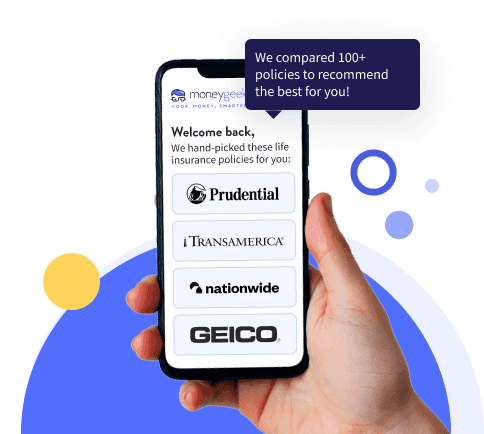Life insurance in your 20s is worth it in many situations but not all. Your need for coverage depends on who relies on your income and what financial obligations you'd leave behind. The answer depends on your situation:
Yes, get life insurance in your 20s if:
- Your parents co-signed student loans that transfer to them if you die
- You have a spouse, mortgage or children depending on your income
- You're planning major life changes like marriage or starting a family
- You want to lock in low rates before health conditions develop or you age
No, skip life insurance in your 20s if:
- You have no debt, no one depends on your income and you don't see this changing in the next several years
- Your budget can't handle monthly premiums right now
The low cost makes coverage worth it for many people in their 20s even if they currently don't have dependents but are anticipating them in the near future. Term life insurance is $4 to $15 monthly for $100,000 death benefit. A 25-year-old locks in rates that stay fixed for decades, while waiting until a later age means paying more per month over 20 years for the same coverage.










